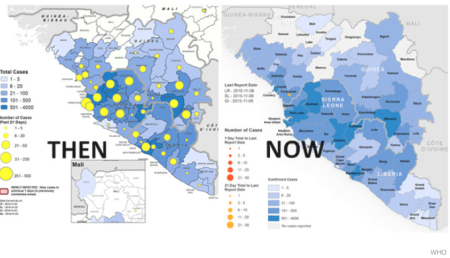THIS IS AWESOME! Facebook founder Mark Zuckerberg and his wife Priscilla Chan have launched the Chan-Zuckerberg initiative where they will be giving $3 billion to prevent, cure, or manage ALL disease by the end of this century. Their mission:
We want every child to grow up in a better world. Our hopes for the future center on two ideas: advancing human potential and promoting equality. We’ll focus first on personalized learning, curing disease, connecting people and building strong communities. We will make long-term investments over 25, 50 or even 100 years because our greatest challenges require time to solve.
It is a beautiful thing when very wealthy people spend their money on scientific research and innovation. YAAAAAS.


